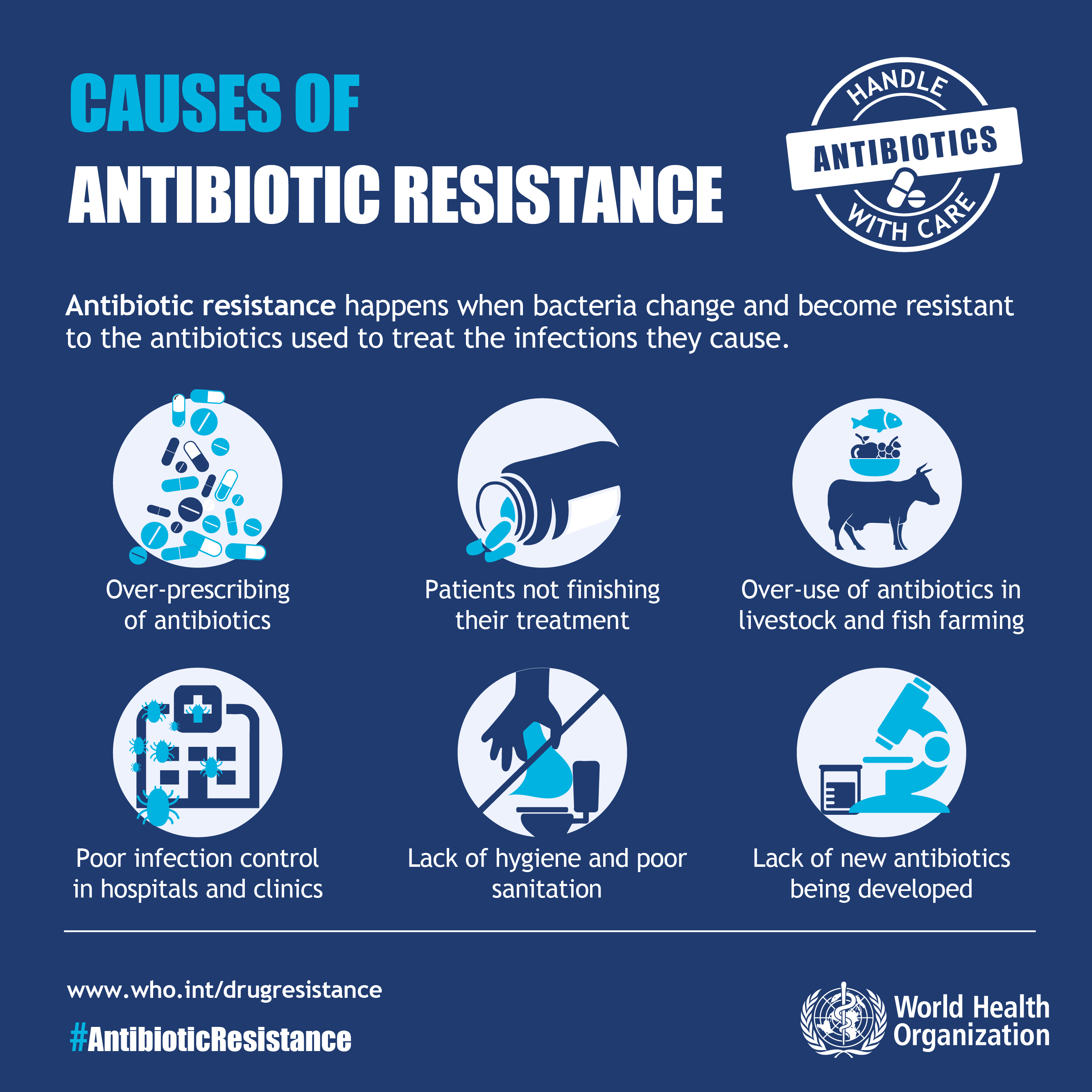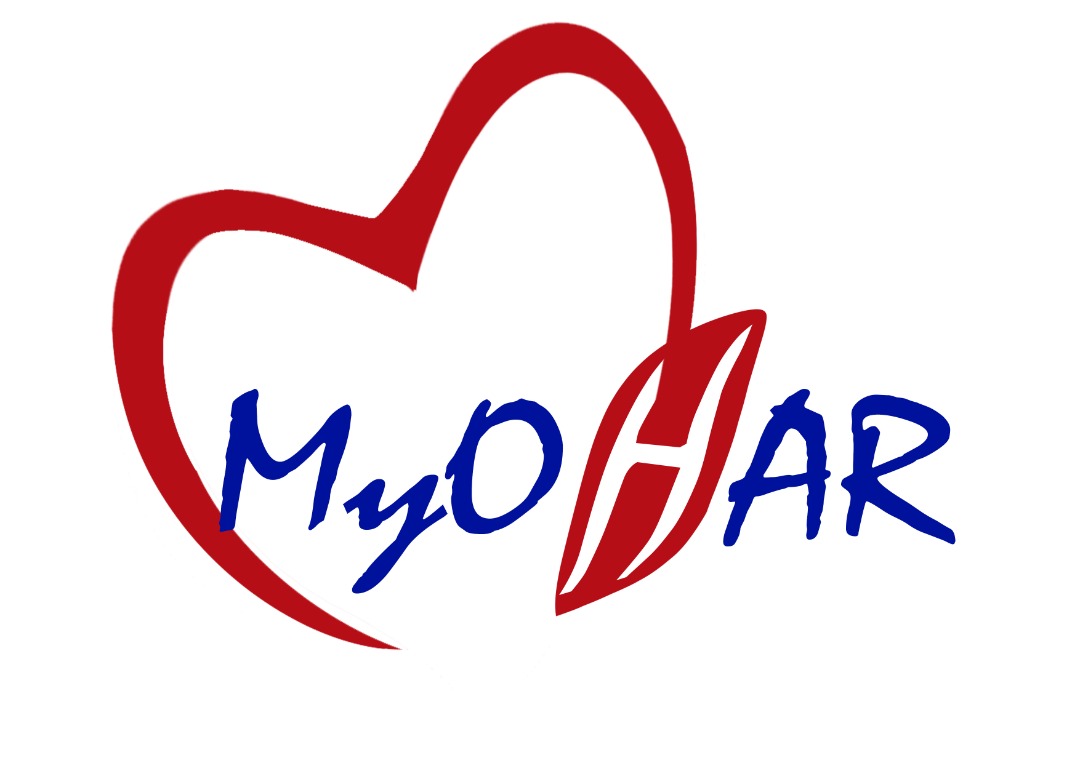How it happens
Bacteria can develop resistance in several ways :
- It can change the cell wall structure so that the antibiotics cannot enter the bacterial cell.
- Develop mechanisms that can pump out bacteria that enter the cells.
- Produce enzymes that can inactivate antibiotics.
- Develop resistance when they acquire DNA that carries antibiotic resistance genes from other bacteria.
Bacteria develop these mechanisms when there is an inappropriate use of antibiotics. For example, in the case of upper respiratory tract infections which are mainly caused by viruses, antibiotics should not be taken because it is not effective against viruses.
- The antibiotics will kill or reduced the normal flora or the good bacteria and promote the growth of bacteria that are already resistant to the antibiotics.
- For the treatment of bacterial infections, if the full course of treatment is not followed or the patient stops taking antibiotics after a few days when he/she felt well, this could also lead to the development of antibiotic resistance.
- Incomplete treatment could also lead to the development of resistant subpopulation in bacterial strains due to the sub-therapeutic levels of antibiotics in the human body.
Another condition that may have a sub-therapeutic level of antibiotics is the presence of antibiotics in our food.
- In some cases, antibiotics are used as growth promoters to promote the growth of food animals.
- The levels of antibiotics usually do not achieve therapeutic levels because it is not being used to treat infections in food animals, thus the sub-therapeutic levels may not kill the bacteria but allow it to thrive in the low level of antibiotics.
- Constant exposure to the low levels of antibiotics will give rise to selection pressure which selects resistant strains and killing sensitive strains.

